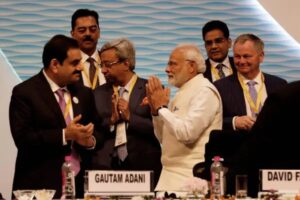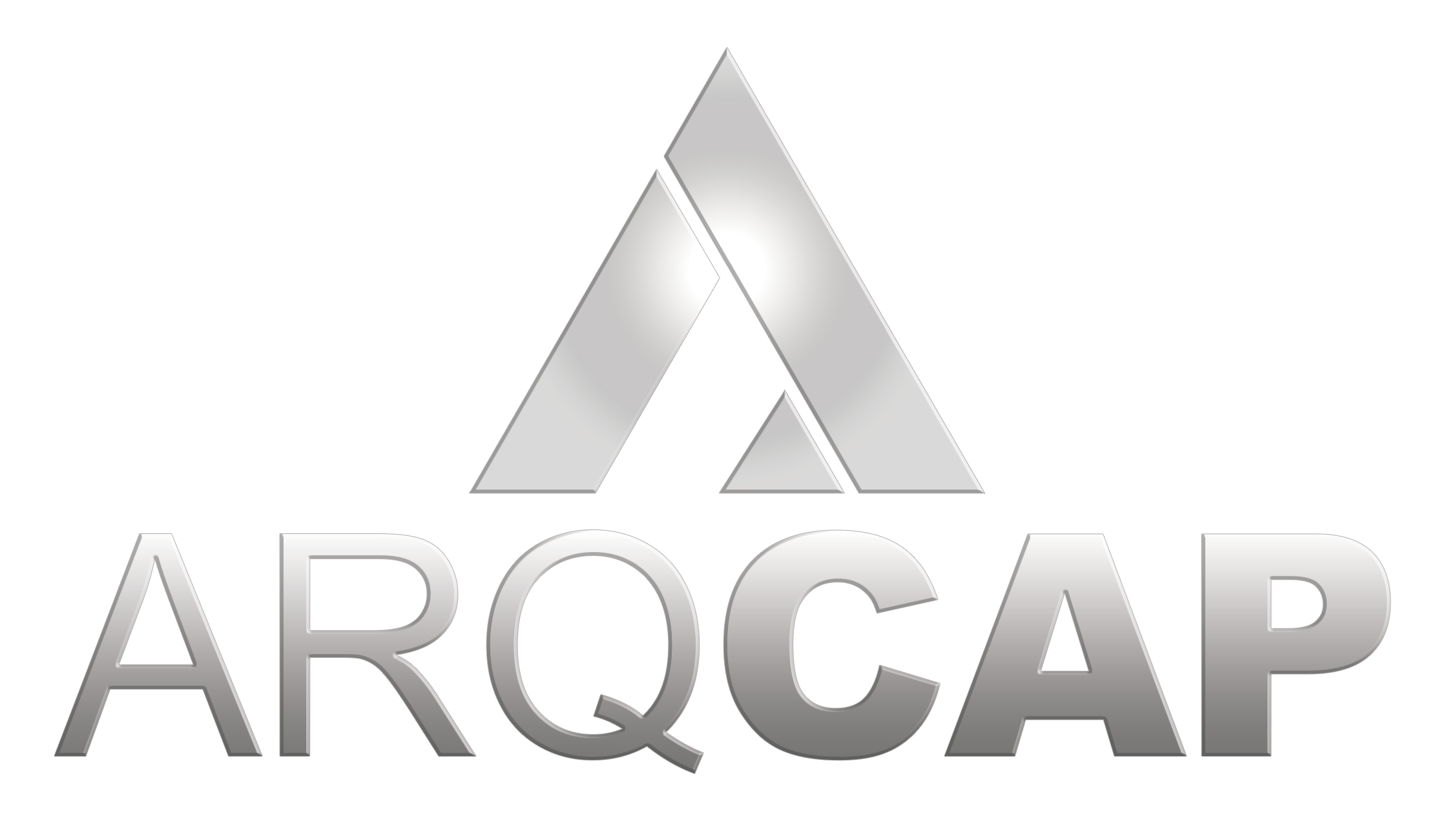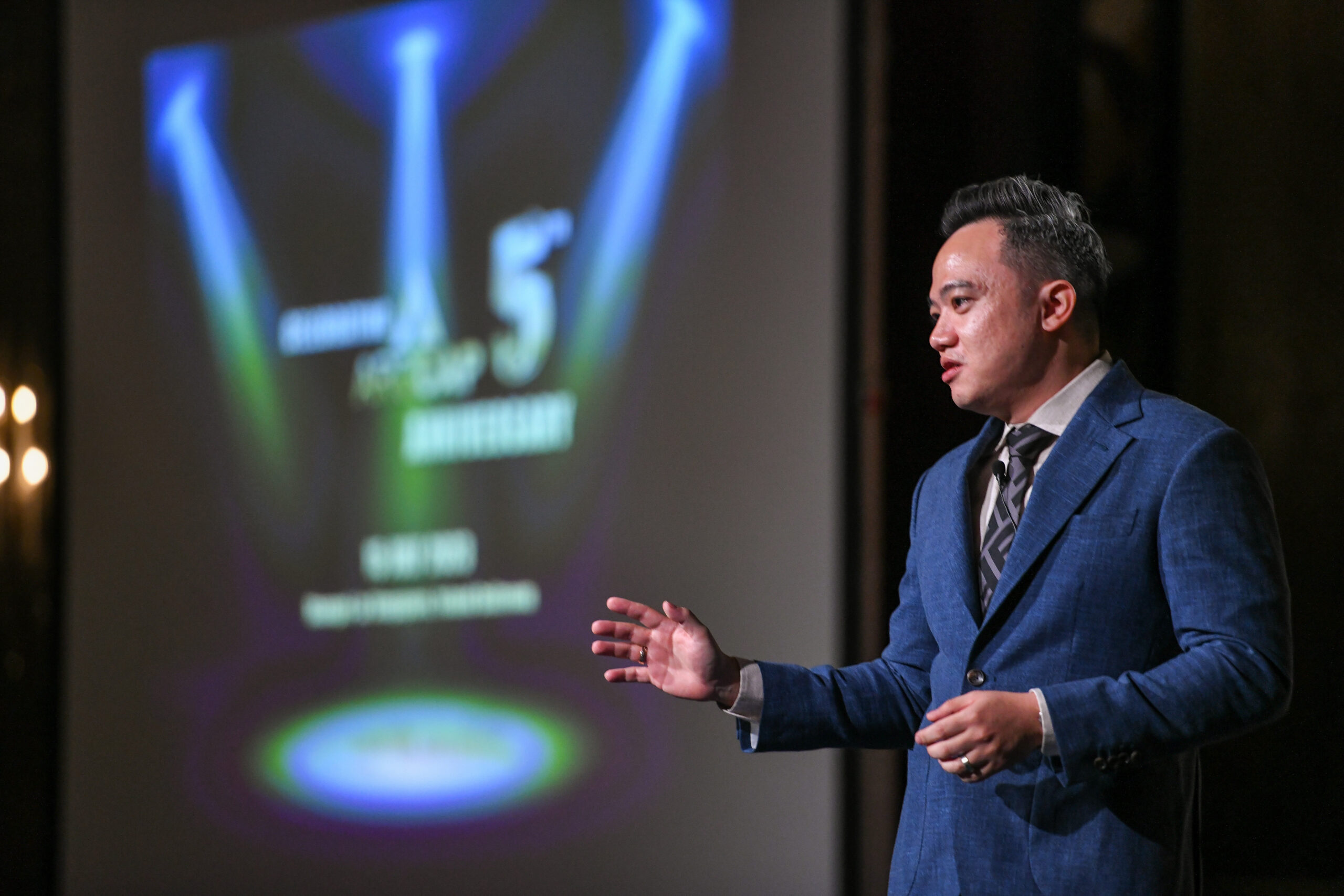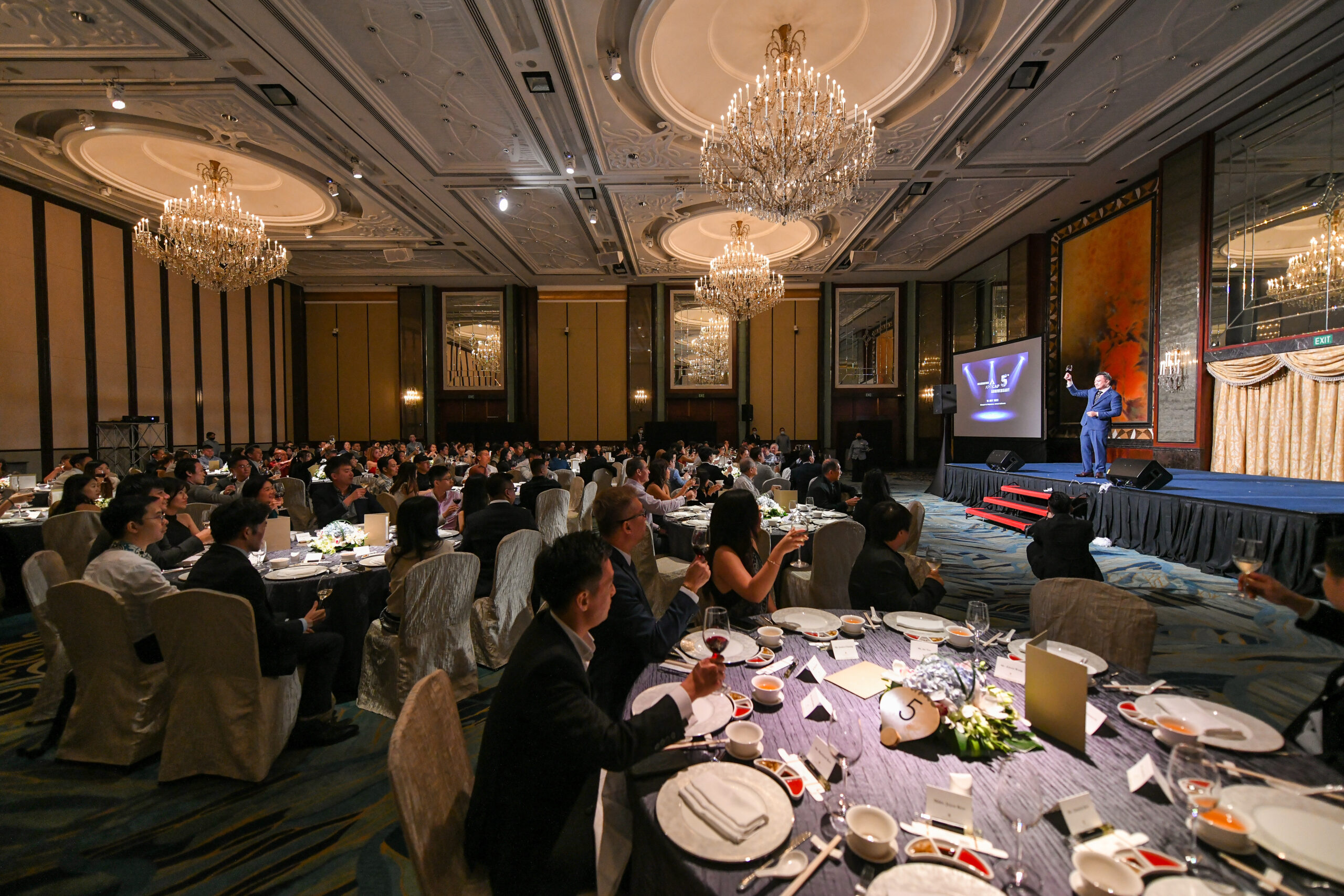
The Downfall of the Adani Group
10 min read
The Adani Group has been the talk of the town since last week, when the industrial empire lost about $112 billion, or approximately half of its market value. This came about as a result of a report from New York-based Hindenburg Research, which referred to the Adani Group as “the latest con in corporate history.” Gautam Adani has continued to deny such allegations, but the ramifications of such allegations against a mega-powerhouse holding funds from numerous major institutions are almost unprecedented.
Adani has already seen $58 billion erased from his personal fortune in a span of just six trading days, beating the cases of prominent figures like FTX’s Sam Bankman-Fried or Archegos Capital Management’s Bill Hwang hands down. In fact, when it comes to volume and rate, Adani’s wealth destruction is among the worst. He now has a net worth of $61 billion, down from a peak of $150 billion in September and $119 billion prior to the publication of the Hindenburg report.
Hindenburg had flagged out many of Adani’s tactics that brought him to his pinnacle as it alleged fraud. Allegations included the substantial concentration of insider share ownership, widespread usage of leverage, and generally higher valuations. Such claims have been continuously refuted by Adani Group, which has also referred to the research as “bogus” and threatened legal action. Although fully subscribed, a $2.4 billion follow-on share sale by its parent company, Adani Enterprises, was cancelled. Additionally, Adani Group shares are no longer accepted as collateral for margin loans by several subsidiaries of Credit Suisse Group AG and Citigroup Inc.
A brief history of Adani’s road to success
Adani’s climb to his peak is arguably one of the most impressive tales, considering how much wealth and support he has acquired in the past couple of years. He dropped out of college to try his luck in the diamond industry and climbed his way up to become the third-richest person in Asia. At one point in time, he actually surpassed every billionaire on earth except Elon Musk.
During his younger days, Adani worked in his brother’s plastics business and accumulated enough experience importing primary polymers that he could start his own business, Adani Exports. Today, Adani Exports is a firm with over a dozen subsidiaries. In 1991, Adani found himself in a good place to take advantage of India’s ever-changing economic policies. He then increased his company’s operations in agriculture, metals, and textiles as the nation’s laws became more lax.

Adani emerged as the top candidate to run Mundra Port once it had gained reputation as a significant importer and exporter. In 1994, his business offered a proposal to the Gujarati government and won the contract. The largest private port in India is currently under Adani’s hands. He has greatly expanded his conglomerate over the past three decades by making acquisitions and forming new organisations.
Adani also quickly grew his conglomerate by putting a lot of focus on green energy and infrastructure. This has helped him get investments from companies like Warburg Pincus and Total Energies SE. However with the recent debacle, he has had to utilise margin loans to fund his conglomerate’s ambitions, and also put up approximately $300 million worth of shares last week in order to preserve its collateral cover on a loan made by a group of banks, including Barclays Plc.
Adani’s current predicament
Just this week, Adani and his family posted funds to repay a $1.1 billion loan backed by shares in several of his companies. The majority owners and promoters of the Adani enterprises in India have posted the money to repay the loan that was not even due until September 2024, according to a statement released by the Adani Group on Monday. A representative for the group said that the loan came from a number of places, including Citibank, JPMorgan, Deutsche Bank, Barclays, and the SMBS Group in Japan.
The revelation that shares in the businesses were used as collateral for loans has also increased the pressure on Adani Group’s ten publicly traded companies. The SB Adani Family Trust pledged stock as security across numerous of the cited companies as well, and the Adani Group is currently not revealing the names of these entities. According to Adani Group, early loan repayment will release 168 million shares in Adani Ports, 27 million shares in Adani Green Energy, and 12 million shares in Adani Transmission. The share totals represented, respectively, 12%, 3%, and 1.4% of Adani Group’s ownership of the listed companies. This repayment might just be Adani’s attempt to demonstrate the financial strength of his empire after failing to assure investors despite his lengthy rebuttal to Hindenburg’s allegations.

Since the publication by Hindenburg, shares of Adani Enterprises’ flagship company have dropped 54%. Adani Enterprises was forced to cancel a $2.4 billion follow-on share offering last week. Adani has decided to make an effort to reassure investors that it is not under any obligation to make up losses on share-backed loans made to its businesses by dismissing the assertions as “market speculations” that have been making the rounds in Indian media. Investor confidence is currently very much at stake.
Adani vs. Evergrande: What’s different?
For those who still aren’t sure about the severity of the Adani debacle in India, a simple comparison might work: it’s worse than China’s Evergrande. Both companies have accrued billions in debt, but the selling pressures are significantly more intense for Adani. Even though this is not the first time in Asia that emerging conglomerates have been accused of poor governance, elevated valuations, and piling debts, the Indian tycoon is somehow in a more vulnerable position than the China Evergrande Group when Beijing decided to put its foot down.
At some point in recent history, Evergrande accrued around $100 billion in net debt, a whopping five times greater than Adani’s. However, the situation is worse for the Indian magnate because, in the past couple of years, Adani has managed to pull in blue-chip investors that specialise in ESG or low-risk corporate debt. This is great for the group when times are good, but with a situation like this whipped up by Hindenburg, such an investor base becomes far more skittish around market sentiments, and that equates to significantly higher selling pressure.
Those who bought into Evergrande always knew what they were signing up for: an overleveraged powerhouse that offered attractive yields and was possibly becoming too big to fail. Hence, wealthy clients of private banks or hedge funds, who often have higher risk appetites and tolerances than traditional asset managers, chose to buy these junk-rated developers’ bonds. But Adani’s situation is far from this case. In fact, the largest issuer in the group’s dollar-bond market, Adani Ports & Special Economic Zone Ltd., is rated at the lowest investment grade tranche, and this includes Adani Transmission Ltd. and Adani Electricity Mumbai Ltd.
Wealthy clients of private banks frequently pledge investment-grade bonds they purchase as collateral for margin loans because the interest rates on these notes are insufficiently attractive. Prior to the debacle, at least two European banks had actually offered to lend 75 to 80 cents for every dollar of Adani Ports bonds that were pledged. But when such financing stops, as it has with Credit Suisse Group AG and Citigroup Inc., the ultra-rich no longer see any benefit from owning Adani bonds. And so they sell.

With China’s Evergrande, things were very different. Because of its junk-grade bonds, the developer’s bond could never receive 80% loan-to-value ratio as Adani had, so we do not see this kind of dynamic. Furthermore, Evergrande had significant coupon payments for years, which alone were sufficient for affluent families to hold until maturity in spite of the daily market volatility.
Blue-chip funds are exerting greater selling pressure on Adani as well. Asset managers with mandates for investment-grade securities will have to sell, whether they like this company or not, if there are any market speculations that rating agencies will lower their bond ratings. In addition, global ESG investors with moral money are also more sensitive to “dirty news” like the Hindenburg report. We have already witnessed Norway’s largest pension company, KLP, dump all its holdings in Adani Green Energy Ltd. as a result of their concern that the investments could be siphoned off to non-ESG activities like coal mining. This is an issue Evergrande would never face.
Overall, Adani is stuck in an intricate situation, with the group’s investor base already changing. Hedge funds and distressed debt investors are scooping up its debt and traditional managers are selling. As a typical emerging market conglomerate, such an investor base was never really a good idea, as it is still at a stage of development that is too risky and opaque for blue-chip investors, who previously dived in without sufficiently careful consideration. Emerging markets are not a place for the faint-hearted or absolutely clean investors, and the case of Adani is the epitome of why this is so.
Light at the end of the tunnel Text Block
Unfortunately, the case of Adani doesn’t just stop at his empire. The individual is somehow intricately linked to India’s political system as well. Right now, Indian opposition parties are saying that the government of Prime Minister Narendra Modi is allegedly “afraid” to debate the opposition parties’ demand for an investigation into Adani’s altercation with Hindenburg. As the opposition draws attention to what they call Adani and Modi’s intimate ties, Parliament has stopped for a short period of time on Tuesday and adjourned for three days. They are requesting a parliamentary probe into the claims of fraud and market manipulation by Hindenburg Research. Since the charges, the company’s market value has practically halved.

The situation occurs as Modi prepares to run for a third term in office in the upcoming national elections. His support base may be eroded by accusations of corruption or losses to small investors brought on by the exposure of some state-owned institutions to the Adani business. Opposition parties are also insinuating the Indian government has been the force behind Adani and his road to wealth.
The opposition has so far not been able to gain much traction with their protests outside of parliament seeing as to how Adani has garnered much support with his contribution to India’s development along the years. However, as it happens, the debacle is not something that can be resolved within a short period of time. We would have to see what else Adani can do to salvage the current situation.
A Trader’s View
Gold prices in general have been on a rise since the beginning of November 2022, as market turbulence, rising recession expectations and more gold purchases from central banks underpinned demand. Gold prices have retraced about 5% from recent highs due to solid US non-farm payrolls data, which raised fears that the Federal Reserve could keep hiking interest rates to combat inflation. Despite that, the gold price seems to be quite supported by recession and stock market valuation risks.
Fundamentally, we should take note of upcoming events like the US inflation data (I.e. CPI-Consumer Price Index) as weaker or stronger than expected data will likely translate into weakening or strengthening of the US dollar respectively, which will adversely affect gold prices. Based on the past 54 years of historical data of gold price, gold price actually went up from the start of February till the end of March around 61% of the time. Hence, there’s a slightly higher chance of gold prices going up during this interim since the probability of gold price going up is more than 50%.
Let’s look at the technical aspect of Spot Gold (XAUUSD) from the chart below.

XAU/USD Daily Chart
From the above daily chart for gold, it is currently trading at around 1884.63. From a technical point of view, there is a bullish bias in gold price due to the following factors:
1) Stochastic indicator shows a crossover at oversold level, which indicates a buy signal.
2) Golden Cross occurs whereby the short term moving average(50 DMA in blue) crosses the long term moving average(100 DMA in black), which indicates current uptrend in gold price.
Hence, we should be expecting the gold price to go up if the current support zone at around 1865 holds.

















